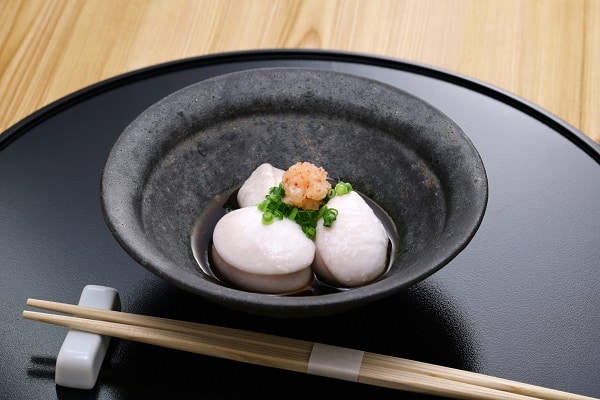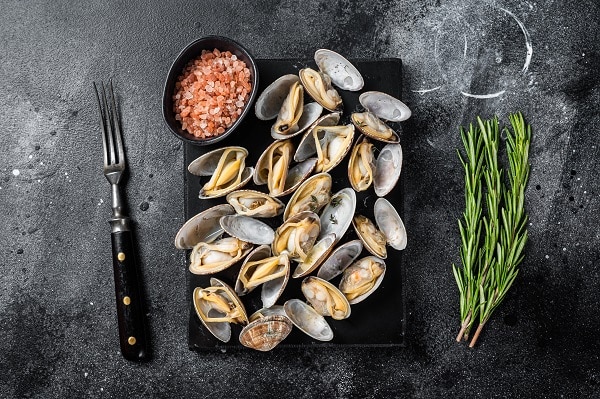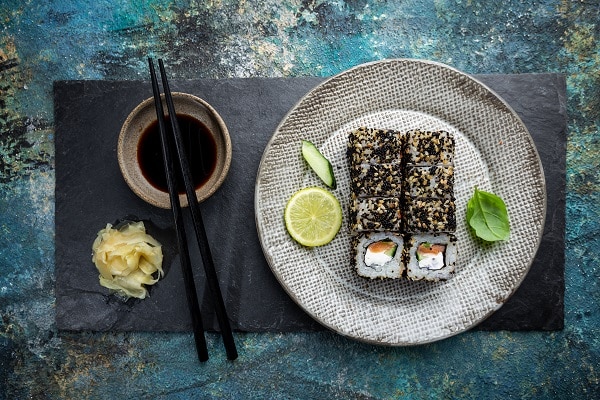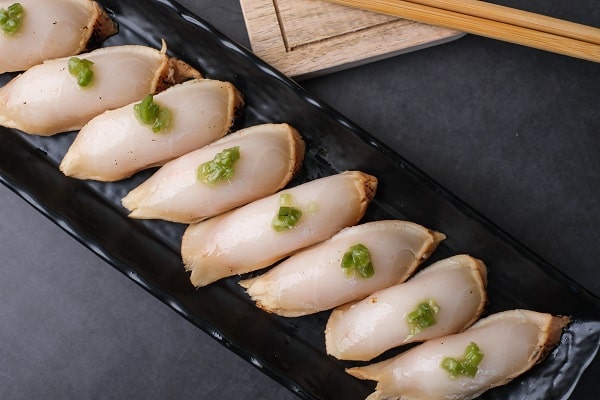Seafood is a culinary delight enjoyed by millions around the globe, offering a range of flavors and textures that are hard to find in other types of cuisine. However, the allure of exotic seafood dishes can sometimes come with hidden dangers. While many people are aware of the risks of food poisoning from improperly cooked or stored seafood, fewer are aware of the potentially deadly toxins that some popular seafood dishes can contain. This article delves into some of these high-risk dishes, discussing what makes them dangerous and how they are traditionally prepared and consumed.
Contents
- 1 The Popularity of Seafood Worldwide
- 2 The Risk Factor: Not All Seafood Is Safe
- 3 Fugu (Pufferfish) – Japan’s Risky Delicacy
- 4 Shellfish Poisoning: More Common Than You Think
- 5 Scombroid Poisoning: It’s Not Just Bad Sushi
- 6 Escolar: The Sneaky Culprit
- 7 Importance of Responsible Sourcing
- 8 Navigating the Risky Waters of Exotic Seafood
The Popularity of Seafood Worldwide

Seafood is a staple in many diets around the world, from the sushi bars of Japan to the fish markets of the Mediterranean. According to the Food and Agriculture Organization, global fish consumption has doubled in the past 50 years, indicating its growing popularity.
Different cultures have their unique ways of preparing and enjoying seafood. In Japan, sushi and sashimi are considered art forms, while in the Mediterranean, seafood often features in stews and pasta dishes. These regional specialties not only add to the global appeal of seafood but also contribute to its cultural significance.
The Risk Factor: Not All Seafood Is Safe

While seafood is a popular choice for many, it’s crucial to understand that not all seafood is created equal when it comes to safety. Some fish and shellfish can contain harmful toxins that are naturally occurring or due to environmental pollution.
Common examples include mercury in certain types of tuna and swordfish and biotoxins in some shellfish species. These toxins can pose serious health risks, ranging from mild gastrointestinal issues to severe neurological damage or even death in extreme cases.
Fugu (Pufferfish) – Japan’s Risky Delicacy

Fugu, or pufferfish, is a Japanese delicacy known for its unique taste and texture. However, it’s also infamous for the deadly toxin it contains—tetrodotoxin—which is up to 1,200 times more poisonous than cyanide.
In Japan, chefs must undergo rigorous training and obtain a special license to prepare fugu. Despite these precautions, there are still occasional cases of fugu poisoning, often due to amateur preparation. The risk involved in consuming this dish makes it a subject of fascination and caution among food enthusiasts.
Shellfish Poisoning: More Common Than You Think

Shellfish poisoning is a collective term for several types of food poisoning caused by consuming contaminated shellfish. The most common types are Paralytic Shellfish Poisoning (PSP), Neurotoxic Shellfish Poisoning (NSP), and Amnesic Shellfish Poisoning (ASP). Each type is caused by different biotoxins produced by algal blooms.
The symptoms of shellfish poisoning can vary depending on the type of toxin involved but generally include nausea, vomiting, diarrhea, and abdominal pain. In severe cases, neurological symptoms like memory loss or even death can occur. It’s crucial to source shellfish from reputable suppliers and heed any local advisories about shellfish safety.
Scombroid Poisoning: It’s Not Just Bad Sushi

Scombroid poisoning is often mistaken for an allergic reaction or bacterial food poisoning because its symptoms include flushing, hives, and sometimes difficulty breathing. However, the cause is histamine produced by bacteria in the fish when it is not properly refrigerated. Fish like tuna and mackerel are most commonly associated with scombroid poisoning.
Preventing scombroid poisoning is primarily a matter of proper food handling. Fish should be kept at or below 32°F (0°C) from the time it’s caught until it’s cooked. If you’re dining out, particularly at a sushi restaurant, ensure that the establishment follows proper food safety protocols to minimize the risk of scombroid poisoning.
Escolar: The Sneaky Culprit

Escolar, often marketed under more appealing names like “white tuna” or “butterfish,” is another seafood that poses health risks. Consuming escolar can lead to keriorrhea, a condition characterized by oily, orange diarrhea. The fish contains indigestible wax esters that are the root cause of these unpleasant symptoms.
The problem with Escolar is that it’s often mislabeled or sold under different names, making it difficult for consumers to know what they’re actually eating. Regulatory agencies in some countries have issued advisories on the consumption of escolar, but it remains on the market. Therefore, consumers should be cautious and well-informed when selecting fish, especially when offered “white tuna” at sushi restaurants.
Importance of Responsible Sourcing

With the increasing awareness of both environmental sustainability and food safety, responsible sourcing of seafood has never been more critical. Overfishing and environmental degradation not only affect marine ecosystems but can also lead to increased levels of toxins in fish due to changes in their natural habitats.
Certifications like the Marine Stewardship Council (MSC) and Aquaculture Stewardship Council (ASC) offer some assurance of responsible fishing practices. These certifications can also be indicative of higher quality control, which may mitigate the risks associated with toxic seafood. Consumers are encouraged to look for these certifications when purchasing seafood, whether at a grocery store or dining out.
The allure of exotic seafood dishes is undeniable, but it’s crucial to approach these culinary adventures with a healthy dose of caution. From the highly regulated fugu in Japan to the commonly mislabeled escolar, the risks associated with consuming certain types of seafood can range from mild discomfort to severe health consequences. Responsible sourcing and awareness of the potential hazards can go a long way in ensuring a safe and enjoyable seafood experience. The next time the temptation for an exotic seafood dish strikes, remember to weigh the risks and rewards and always prioritize safety.


